Simscape Driveline
Simscape Driveline (formerly SimDriveline) offers libraries to model and simulate rotational and translational mechanical systems, including gears, engines, tires, and transmissions. It supports applications like helicopters, industrial machines, and automotive powertrains.
Integrate with electrical, hydraulic, and pneumatic systems using Simscape components. Create custom parts with the Simscape language, parameterize with MATLAB, and design controls in Simulink. Supports C-code generation for deployment, including HIL testing.
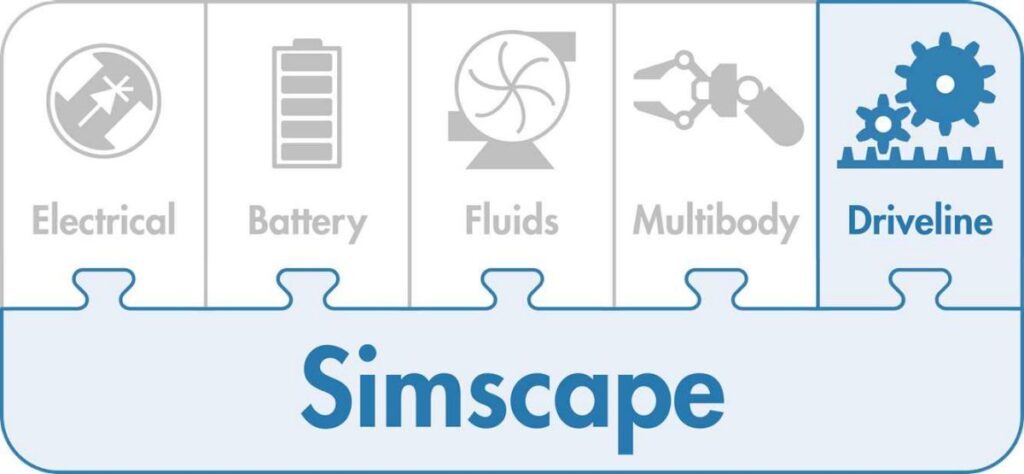
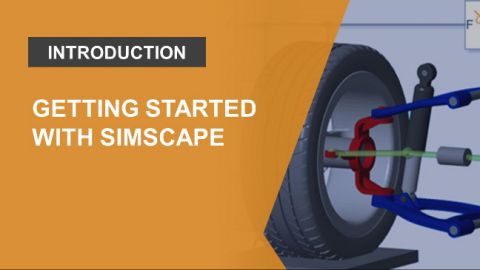
Vehicle Powertrain
Model hybrid, electric, and conventional powertrains for various vehicles. Assess performance, including losses and thermal effects.
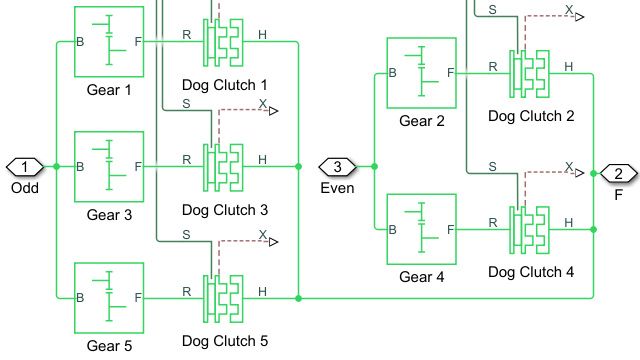
Vehicle Transmissions
Use templates or custom designs to evaluate performance and develop controls. Switch between detailed and abstract models to speed up testing.
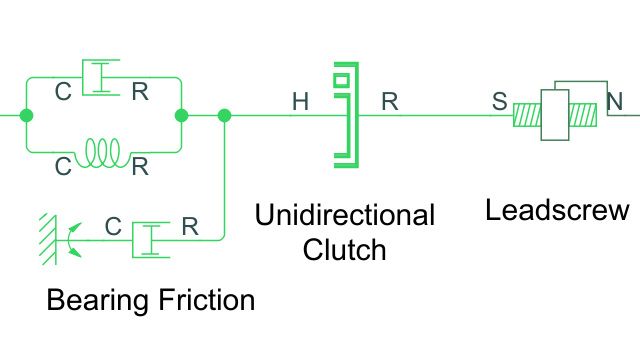
Industrial Machinery
Build custom models to define loads and design controls. Run dynamic and static tests to link system requirements to components.
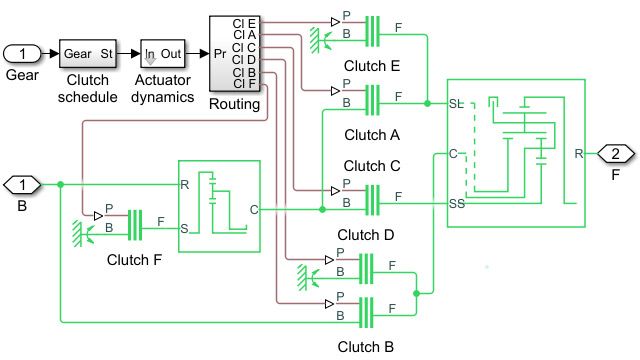
Fault Tolerance
Reduce losses, downtime, and costs by testing designs with degraded components like worn gears or increased friction.
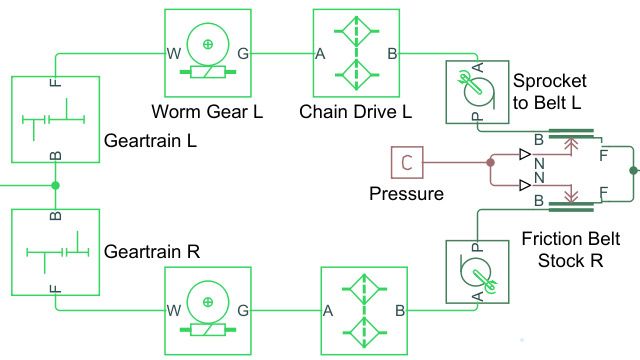
Virtual Testing
Test system behavior in hard-to-replicate scenarios by running parallel simulations on multicore machines or clusters.
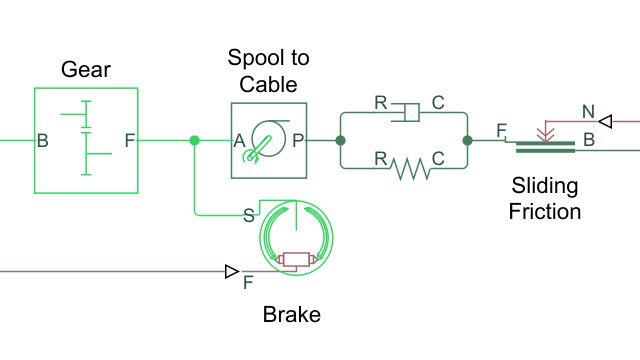
Model Deployment
Convert Simscape models to C code for HIL testing on dSPACE®, Speedgoat, OPAL-RT, and other real-time platforms.

Simscape Platform
Test and optimize multi-domain system integration in one environment. Detect issues and improve overall performance.
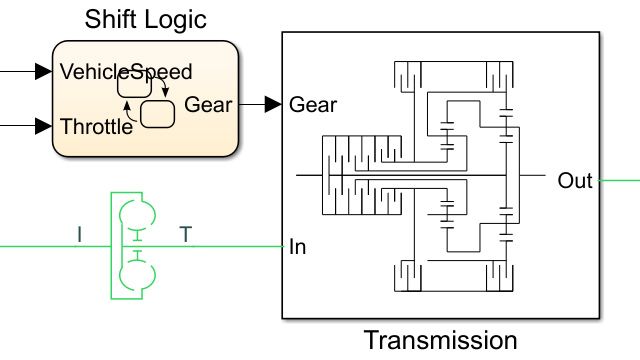
MATLAB and Simulink
Automate model assembly, testing, and post-processing with MATLAB. Use Simulink to unify control and hardware design.
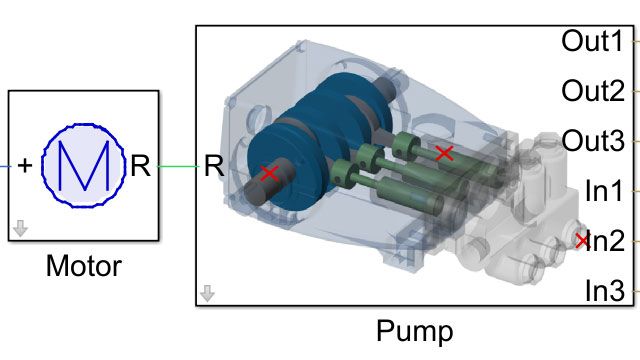
From Research To Production
Use Simscape models to refine requirements, design controls, test embedded code, and enable digital twin support.

